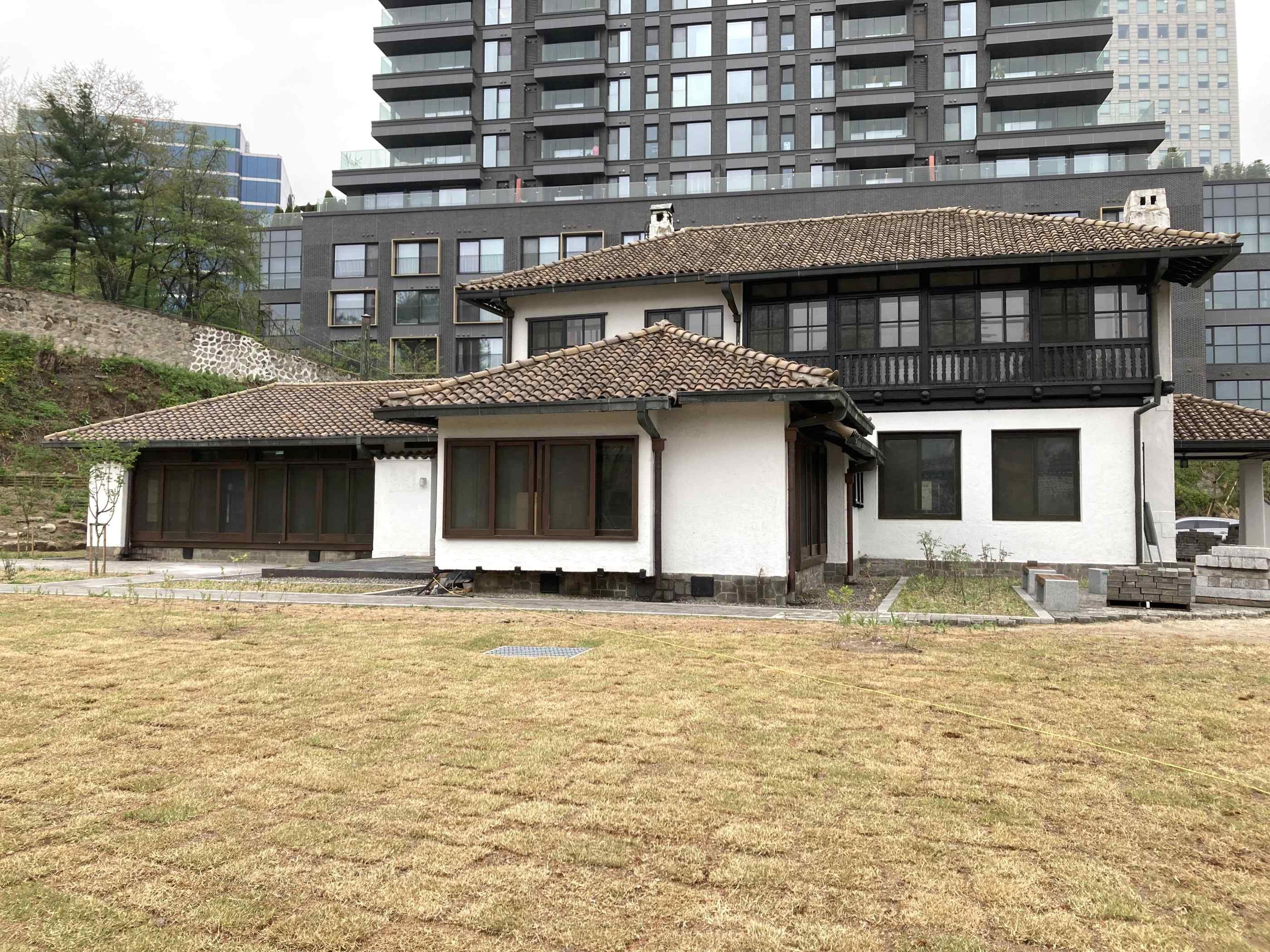Special Opening of Former Chosun Savings Bank Executive Residence in Deoksugungs Seonwonjeon Area as Cultural Space (Aug. 1~31)
Palaces and Tombs Division Hosts Photo Exhibition and Symposium on the Historic Scholar Tree in Deoksugungs Seonwonjeon Area (Aug. 1~31) and Academic Conference (Jul. 30)

The Palaces and Tombs Division of the Cultural Heritage Administration (Director Lee Jae-pil) will host a special exhibition titled “Scholar Tree Deoksugung…” from August 1 to August 31 at the former Chosun Savings Bank Executive Residence (Jung-gu Seoul) within the Seonwonjeon area of Deoksugung Palace. Prior to the exhibition an academic conference themed “The Role of Sustainable Cities and Historical Heritage” will be held at the same venue on July 30 at 2 p.m.
The Seonwonjeon area encompassing Heungdeokjeon and Heungbokjeon was originally an independent space dedicated to enshrining the portraits of former kings and performing ancestral rites. It was known as “Yeongseongmun Palace” after the gate built in this area. However starting in 1919 the area was dismantled by the Japanese occupation and repurposed for other uses erasing its historical significance as a royal palace.
The former Chosun Savings Bank Executive Residence where the special exhibition and conference will be held was built during the Japanese occupation and serves as evidence of the dismantling of Deoksugung Palace during that time. Although it is slated for demolition as part of the Cultural Heritage Administrations plan to restore the Seonwonjeon area it will be temporarily opened to the public as a cultural space offering an opportunity to appreciate the significance and value of Deoksugungs restoration.
The “Scholar Tree Deoksugung…” special exhibition aims to reflect on the historical significance and value of the Seonwonjeon area by focusing on the scholar tree that has stood there for centuries. Visitors will be able to see various interpretations of the scholar tree through the works of photographer Lee Myung-ho who is currently serving as an ambassador for the Palaces and Tombs Division.
Meanwhile the academic conference on July 30 co-organized by the Palaces and Tombs Division and the Korea Stanford Center will delve into the importance of national heritage in urban settings. Topics include the significance of restoring the Joseon palaces and tombs the ecological landscape of palaces and tombs created by landscaping and the role of urban identity and ecology from a global perspective. The conference will feature seven presentations:
Historical Heritage in the City: Preservation and Utilization Value (Shim Kyung-mi Architectural Research Institute)
Why Do We Restore Joseon Palaces? (Choi Jong-deok Former Director of the National Research Institute of Cultural Heritage)
Vegetation Landscape of Palaces and Royal Tombs Created by Landscaping (So Hyun-soo Professor of Landscape Architecture at Seoul National University)
When and Why Did That Tree Grow There? (Kong Woo-seok Director of the Climate Change Ecology Research Institute)
Urban Identity and Ecology from the Perspective of Earth Law (Jung Hye-jin Director of the Earth Law Center)
Architectural Landscapes (Jang Yoon-kyu Professor of Architecture at Kookmin University)
Is a Sustainable City Possible? (Lim Hee-jung Senior Researcher at the Korea Stanford Center)
The conference will also include a discussion session with all presenters participating.
The public can visit the special exhibition for free without prior reservation from 9 a.m. to 5:40 p.m. daily except on Mondays from August 1 to August 31. For more information contact the Deoksugung Palace Management Office (☎02-771-9951~2).
The Palaces and Tombs Division of the Cultural Heritage Administration will continue its active efforts to share the value and importance of national heritage connecting the past and future through the restoration of Deoksugung Palace which was a key site for politics and diplomacy during the Korean Empire.
Website: : http://www.wip-news.com/news/articleView.html?idxno=24430
